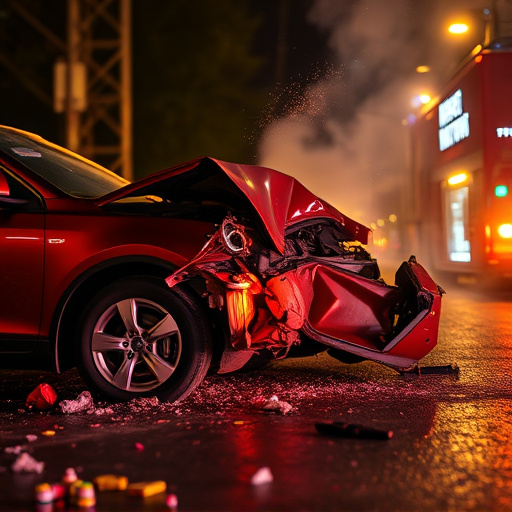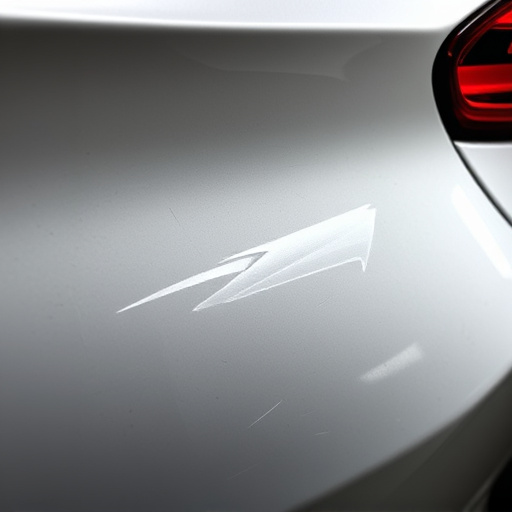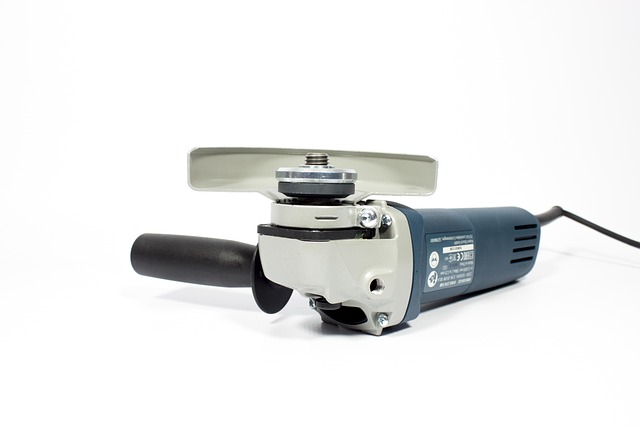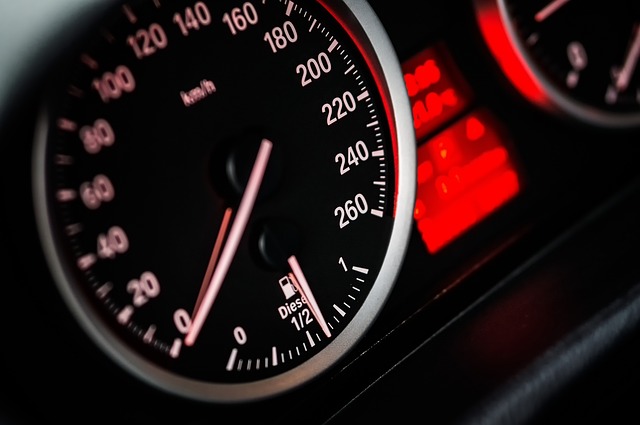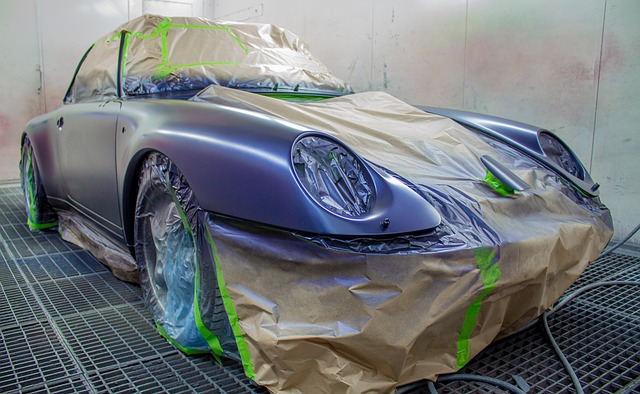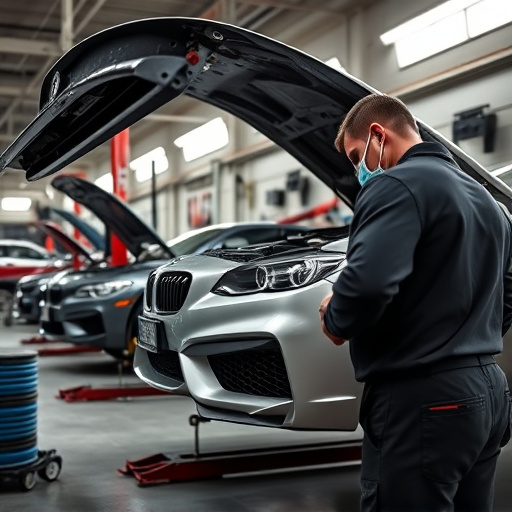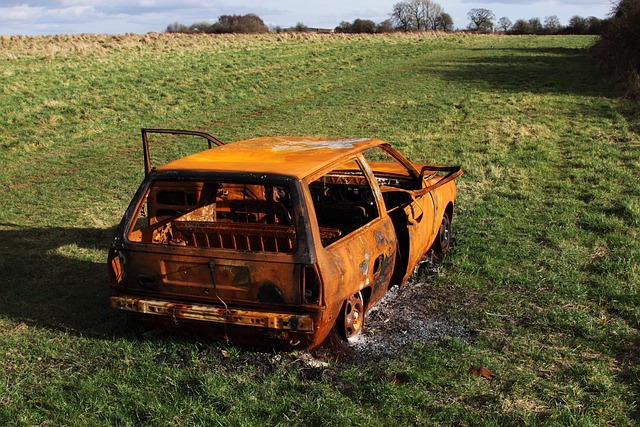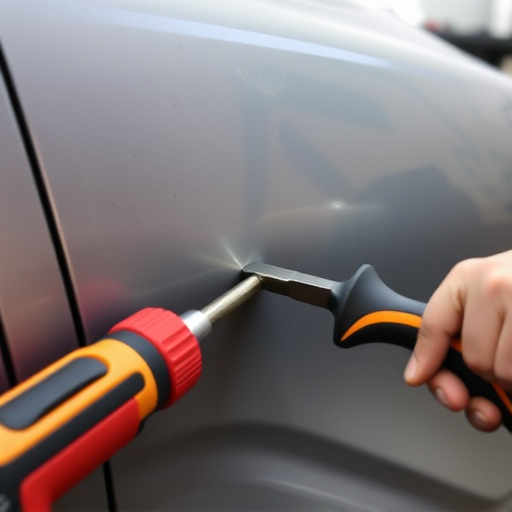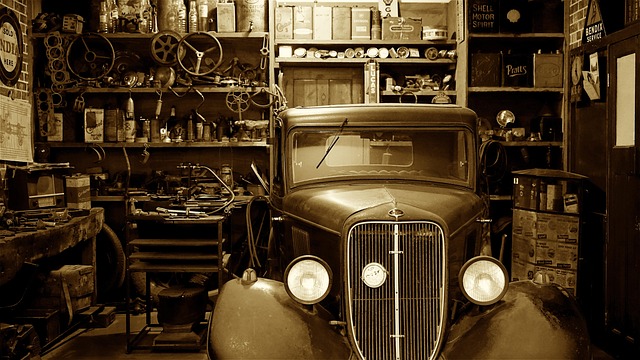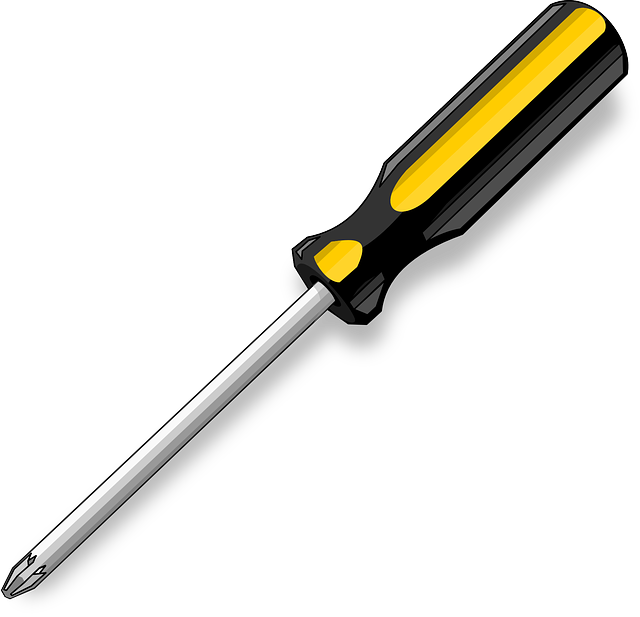In automotive collision repair, molding replacement collision services are vital for both safety and customer satisfaction. Skilled technicians precisely replicate original car parts, ensuring structural integrity and maintaining aesthetic appeal. Adherence to industry standards, using high-quality materials and advanced tools, is crucial. Regular training and transparent communication build trust, enhancing the reputation of auto collision centers.
In the realm of automotive collision repair, adhering to industry standards is paramount for ensuring vehicle safety and quality. This article delves into the significance of molding replacement collision, a critical aspect often overlooked yet pivotal in meeting these standards. We explore how precise molding replacement contributes to structural integrity, aesthetic appeal, and overall vehicle performance. Furthermore, we outline best practices for technicians, providing guidance on aligning with industry benchmarks in molding replacement collision.
- Understanding Industry Standards for Collision Repair
- The Role of Molding Replacement in Ensuring Quality and Safety
- Best Practices for Aligning with Industry Standards in Molding Replacement Collision
Understanding Industry Standards for Collision Repair

In the realm of automotive collision repair, adherence to industry standards is paramount for ensuring vehicle safety and customer satisfaction. These standards govern every aspect of the car repair services, from initial assessment to final quality check. They are designed to guarantee that vehicles are restored to their pre-accident condition, preserving structural integrity and aesthetic appeal. For instance, when it comes to molding replacement collision, industry standards dictate precise measurements, material specifications, and installation techniques to maintain the vehicle’s original design and performance.
Compliance with these benchmarks not only safeguards the vehicle’s value but also instills trust among customers. Molding replacement collision, as a specialized service, must align seamlessly with established guidelines for vehicle body repair. This involves meticulous attention to detail, utilizing high-quality materials, and employing advanced techniques to replicate original manufacturing standards. By adhering to industry best practices, automotive collision repair professionals ensure not just visual correctness but also structural soundness, thereby fostering a reputation for excellence in car repair services.
The Role of Molding Replacement in Ensuring Quality and Safety
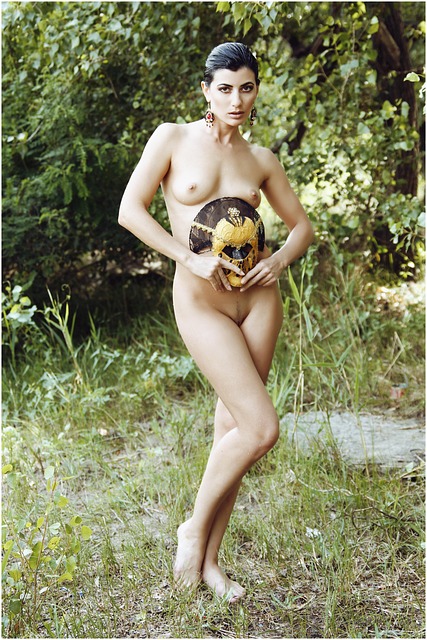
In the realm of automotive repairs, especially following a collision, molding replacement plays a pivotal role in both quality and safety standards. The intricate process involves skilled technicians who meticulously replicate original car parts, ensuring precision and structural integrity. This is particularly crucial for components like fender repair in vehicles such as Mercedes Benz, where the attention to detail is paramount not only for aesthetic appeal but also for the overall safety of the vehicle.
Effective molding replacement collision services don’t just fix dents and dings; they revive the car’s exterior to its pre-accident condition. This involves not only matching the color precisely but also maintaining the original shape and contour, a skill honed through years of experience in car restoration. By adhering to industry standards, these services guarantee that vehicles not only look their best but also perform optimally, enhancing safety on the road.
Best Practices for Aligning with Industry Standards in Molding Replacement Collision
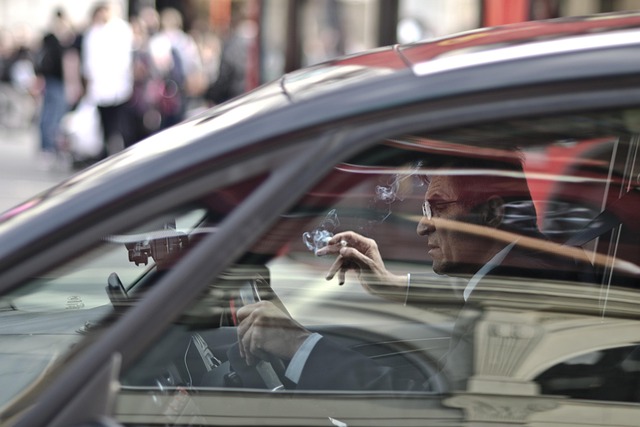
To ensure that molding replacement collision services align with industry standards, auto collision centers must adhere to best practices. This includes using high-quality materials and techniques specific to vehicle bodywork, ensuring precise measurements and fit for moldings, and adhering to manufacturer guidelines. Skilled technicians play a pivotal role in this process, as they need to possess the knowledge and expertise to handle intricate details, such as matching car paint repair colors accurately.
Regular training sessions and staying updated with industry trends are essential. Centers should aim for efficiency without compromising quality, employing advanced tools and technologies that streamline the molding replacement process. Moreover, effective communication with customers about expected turnaround times and costs is crucial, fostering transparency and building trust in their services, especially when dealing with delicate vehicle bodywork repairs.
In conclusion, molding replacement collision plays a pivotal role in adhering to industry standards for collision repair. By understanding these standards and implementing best practices, professionals can ensure high-quality, safe, and consistent vehicle restoration. This not only enhances customer satisfaction but also contributes to the overall safety of road users. Incorporating effective molding replacement techniques is thus a key strategy for any collision repair shop aiming to stay ahead in the industry.

